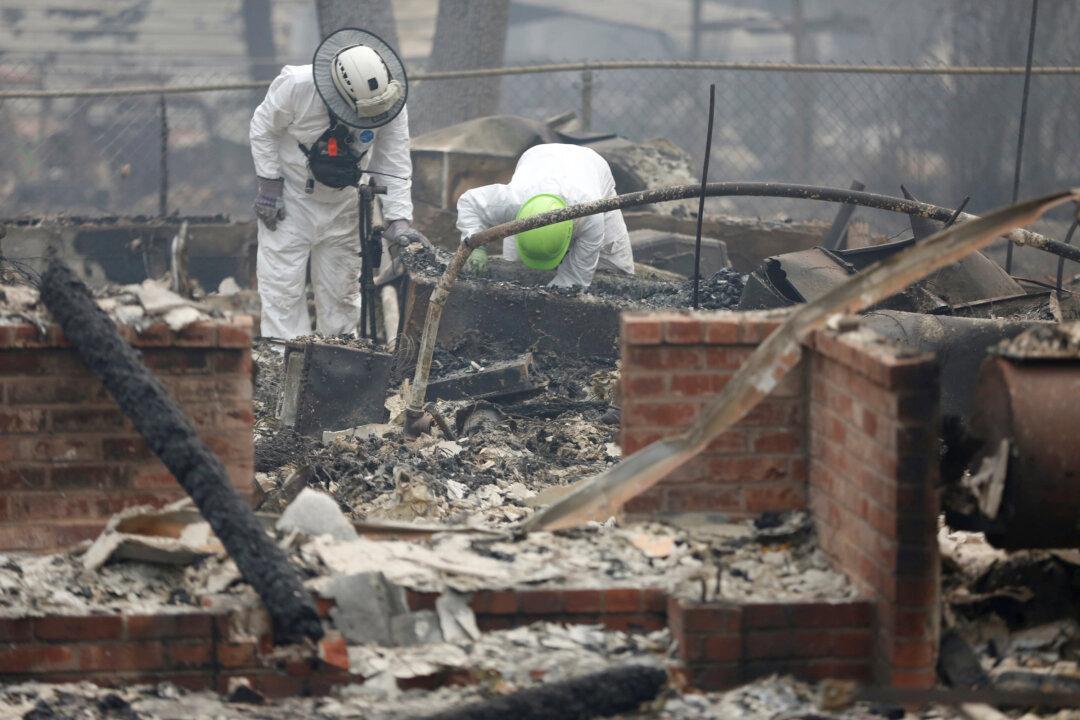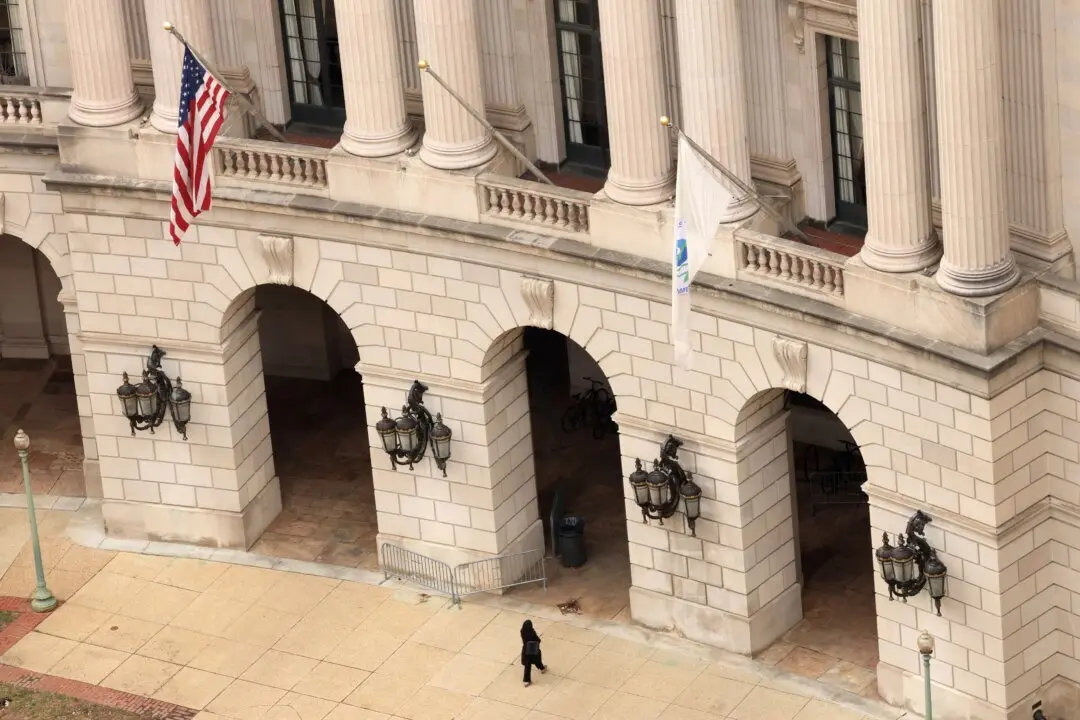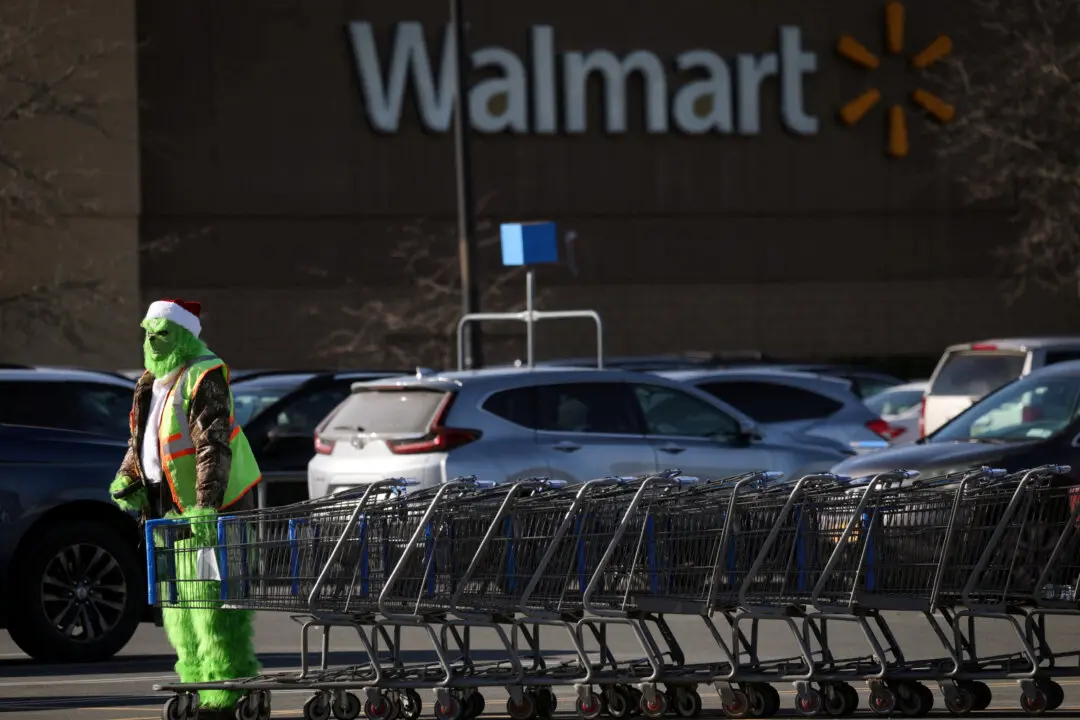PARADISE, Calif.–The search for victims of the deadliest wildfire in California history expanded on Nov. 15, as the White House said that President Donald Trump would visit the area on Nov. 17.
Crews were working through the town of Paradise a week after it was incinerated, as 56 people were confirmed dead in Northern California’s Camp Fire.





